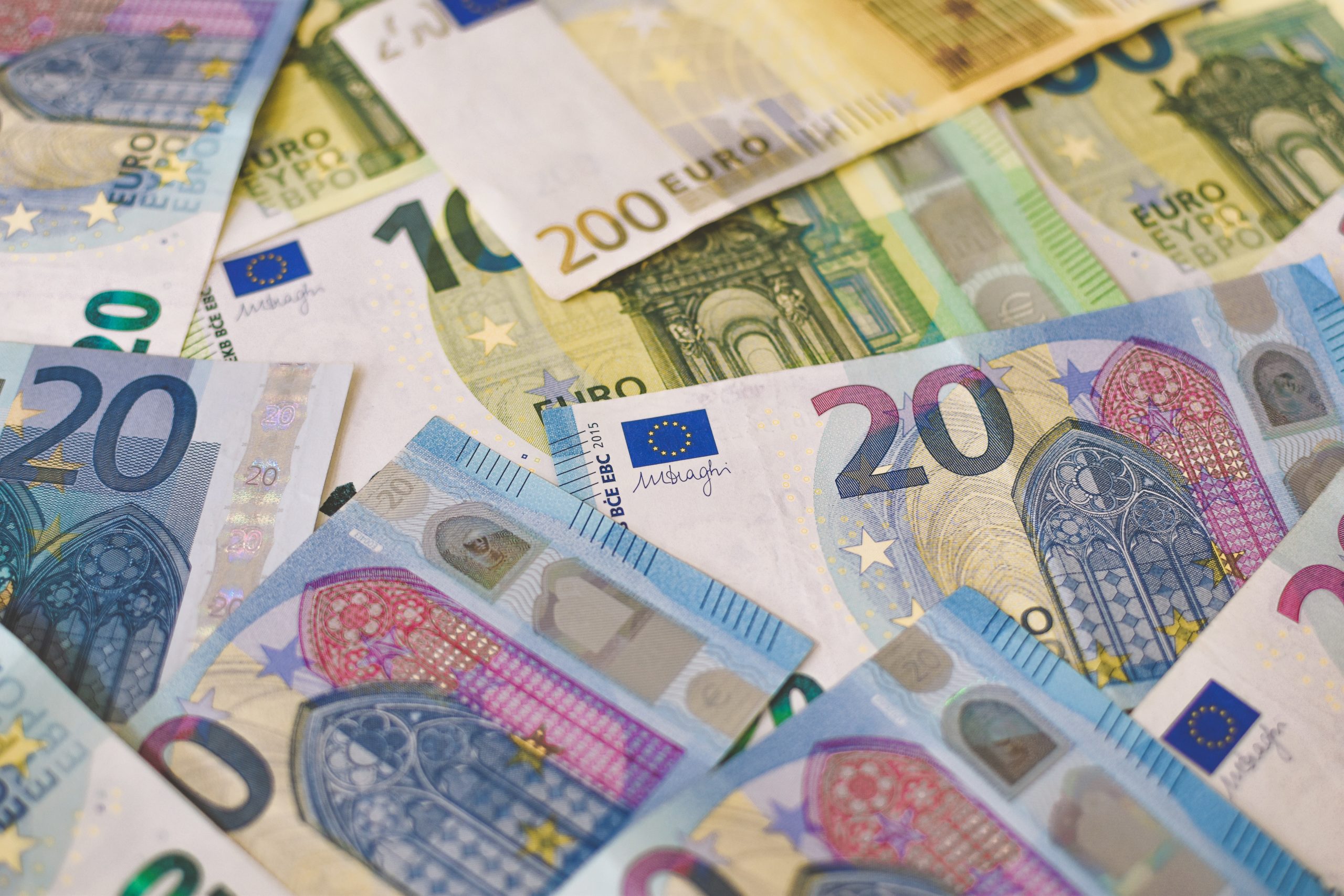
Spain is set to be the only country of the European Union to not make a complete economic recovery from the pandemic.
Spain, whose economy is heavily dependent on the service sector and tourism, was hit hard by the pandemic, and suffered one of the worst economic slowdowns in the world during the pandemic. In 2020, its GDP fell by 10.8%. Like most countries, it then saw a sharp rebound in 2021 and economic growth has continued into 2022. Nonetheless, the two years of otherwise significant growth will still leave the country 1.6% behind its pre-pandemic GDP, according to the International Monetary Fund.
In April, the International Monetary Fund once again lowered its predictions for this year’s growth in the Spanish economy—contrary to expectations. In October 2021, the IMF had forecasted a 2022 growth rate for Spain of 6.8%. In January, it lowered it to 5.8 and has now lowered it again to 4.8% due to the war in Ukraine.
The result is that the Spanish will be, along with the Japanese, the only citizens of a large, developed economy who will end 2022 poorer than in 2019. Spain’s economic growth rate for 2022 is higher than both the global and eurozone average, but growing more than anyone is not enough after having fallen further than everyone else.
The bad figures are not limited to growth. Among European countries, Spain has been one of the hardest hit by inflation. While inflation overall in Europe reached about 7% in March, in Spain the figure jumped to 9.8%.
The Spanish government has also been one of the least responsive to helping its citizens through the tough economic reality.
Unlike most of its European neighbours who responded to the pandemic by lowering taxes to stimulate economic growth, Spain has not reduced the overall fiscal burden of its citizens and businesses. The self-employed, for example, have actually had their taxes slightly increased.
Nor has the government, which operates at an annual deficit of €50 billion, attempted to lower government spending, even while the Institute of Economic Studies has shown that public spending could easily be reduced by €60 billion.
On the contrary, the current government, a coalition between the left Partido Socialista Obrero Español and the neo-communists Unidas Podemos, has the largest executive branch in the country’s history. Prime Minister Pedro Sanchez governs with twenty-two ministers, each with their attending bureaucrats, advisors, and expenses.
Currently Spain has the fourth highest public debt in the EU, an economy-sinking 121.8% of its GDP.
The current government’s economic plan seems to cross its fingers and hope it can scrape by on the Next Generation economic recovery funds from the EU. Nevertheless, worse may come to worst, and soon. In July, the European Central Bank will stop buying Spain’s debt and interest rates will predictably go up as well.
With the political opposition loudly promoting a plan to reduce both taxes and spending, the Spanish government may find that it has sunk its own ship.
